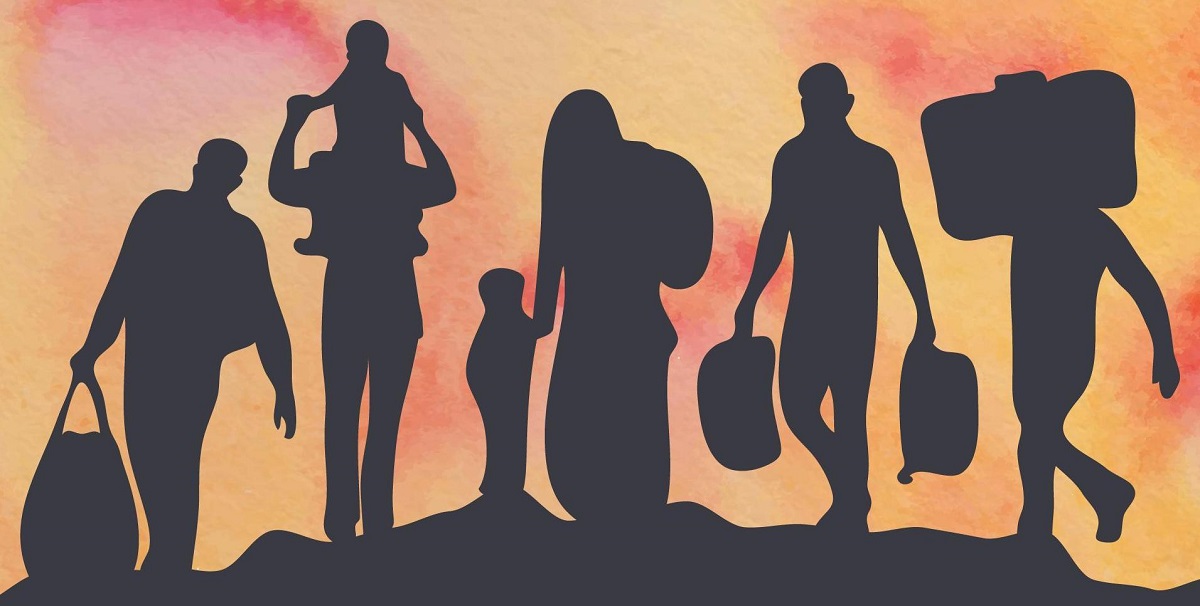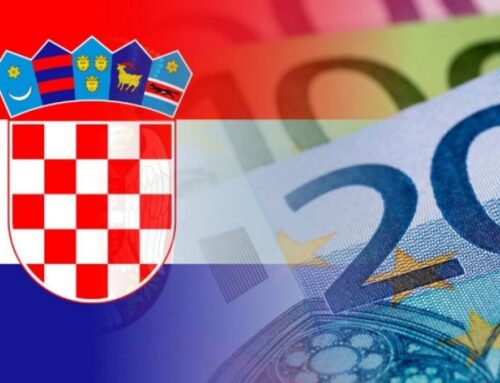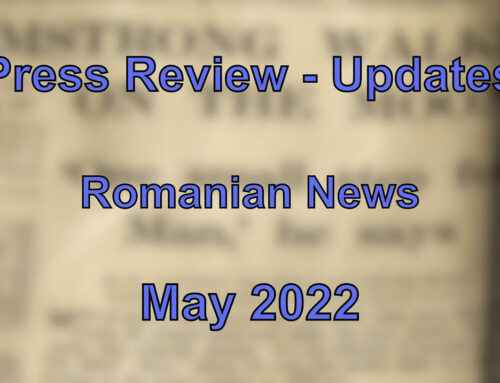Elma Demirović
After several months of trends that indicated the calming down of the situation on the Balkan route, new warnings are coming from the Una-Sana Canton (USC). Due to the increased influx of migrants that Croatia returns to Bosnia and Herzegovina (BiH) based on the Readmission Agreement with BiH, over 500 migrants were returned to this canton in just a few days.
Readmission is the voluntary or forced return of persons residing illegally in the territory of a country to their countries of origin. In most cases, these are rejected asylum seekers. Non-governmental organizations, which deal with this issue in BiH, claim that in the case of the return of migrants from Croatia to BiH, it is actually a standard police push-back scenario that is now only brought under the “legal” framework of readmission.
On the other hand, although it was signed several years ago, the Readmission Agreement between BiH and Serbia is almost not being implemented because only 20 migrants have been returned to Serbia in the first three months of this year.
One of the reasons is that there are two migrant policies within BiH – in the entity of the Federation of BiH, where all the reception centers are located, and the other one in the entity of Republika Srpska, from where migrants have been sent to the USC immediately after entering the territory of this entity. The USC authorities requested this burden to be transferred evenly to the entire country, but this was not acceptable to Republika Srpska.
From 2017 until today, several waves of migrants have swept over BiH, In 2018, authorities detected 24,067 migrant and refugee arrivals, compared to 755 in the whole of 2017. In 2019, 29,124 migrant and refugee arrivals were detected, and the trend continued throughout 2020 with 16,150 migrant arrivals registered in BiH.
The numbers may not seem large, but in a place where the population varies around 30 thousand, this was more than enough to escalate into a humanitarian crisis, especially during the rigorous winters in this part of the country. Migrants were left at the mercy of volunteers, benevolent citizens, and non-governmental organizations, given the internal incoordination between all levels of government and the conflict of political power, and the EU, which closed its borders, financed everything without bothering to see the true picture of the situation and the migrants who were crying for help. There are currently around 2,600 migrants in BiH, and half of them are outside the reception centers. The composition of the migration flows is mixed, with currently the top declared countries of origin being Afghanistan and Morocco, followed by Cuba, Burundi, Congo, Pakistan, Bangladesh, Iran, Iraq, Turkey, Cameroon, and Nepal. The source of the problem lies in the fact that most of them arrive from Serbia, with which the most countries have a visa-free regime.
In the strong shadow of the Ukrainian refugee crisis, the migrant crisis in BiH took a back seat, and although the peak of the migrant crisis is behind (us), trends show that the influx of migrants to BiH will not stop in the coming period either, because, with Croatia’s entry into the Schengen area, BiH has become an even more desirable transit route for migrants.
Brussels clearly underestimated the complex political situation in BiH with its excessive bureaucratic structure and political power games. And there is a lack of political will to meet the needs of migrants and protect their (human) rights.
In building the image of “Fortress Europe”, the EU migration policy has become instrumentalized, “hostage” to political interests, and uses double standards. Thus, the EU showed that “it can and wants to” when it received millions of Ukrainian refugees fleeing the war, but it also showed that “it depends” on where and what the asylum seekers are looking for, especially when it came to refugees and migrants coming from Muslim countries through Balkan route. The refugee problem is aggravated by the fact that Croatia defends its border with the EU using questionable methods and has been taking illegal measures for months, to which the EU has repeatedly turned a blind eye.
References:
Web page:
https://bih.iom.int/migration-management
Articles:
https://www.dw.com/hr/vra%C4%87anje-migranata-iz-hrvatske-u-bih-zakonski-push-back/a-65298738
https://www.dw.com/bs/free-migrant-zona-u-bih/a-65336666
https://balkans.aljazeera.net/teme/2022/4/13/u-krajini-redovno-registrirano-svega-890-migranata
https://ba.boell.org/bhs/2020/10/06/izbjeglicka-kriza-u-bih-politicki-neuspjeh-nasilje-i-mrznja
https://foreignpolicy.com/2022/02/20/migrants-bosnia-europe-eu-bihac/
Picture: Image by Freepik




